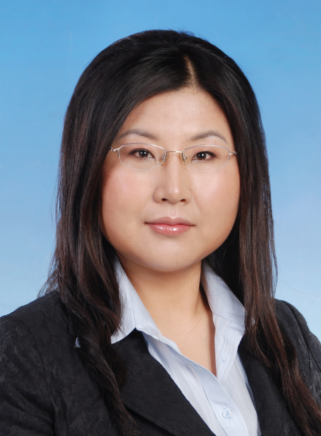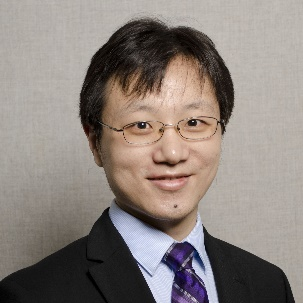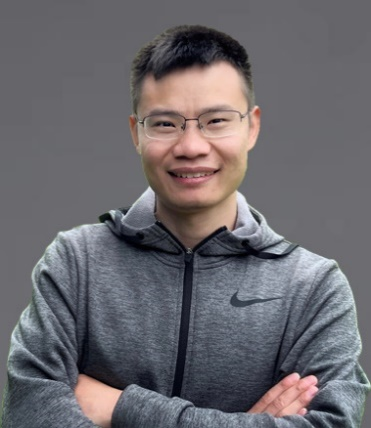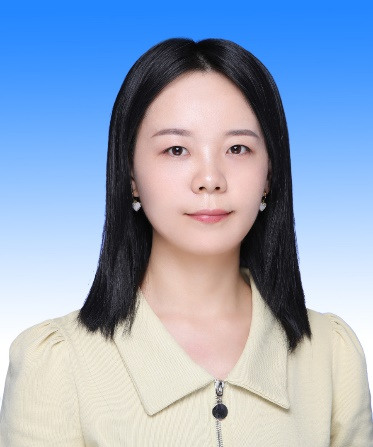Submission Deadline: 31 December 2025 View: 821 Submit to Special Issue
Prof. Huiling Duan
Email: hlduan@pku.edu.cn
Affiliation: College of Engineering, Peking University
Research Interests: micromechanics of composite material and interfacial mechanics

A/Prof. Zifeng Yuan
Email: yuanzifeng@pku.edu.cn
Affiliation: Department of Mechanics and Engineering Science, College of Engineering, Peking University
Research Interests: multiscale computational methods in solid mechanics, multiscale multiphysics simulation techniques for composite materials, nonlinear constitutive models for materials, and implementation of general nonlinear finite element programs

A/Prof. Chensen Ding
Email: chensen_ding@pku.edu.cn
Affiliation: Department of Mechanics and Engineering Science, College of Engineering, Peking University
Research Interests: advanced computational mechanics algorithms, both numerical and data-driven, as well as the integrated analysis and optimization of structures and materials

Dr. Panpan Cheng
Email: ppcheng@bjtu.edu.cn
Affiliation: Department of Underground Engineering, School of Civil Engineering, Beijing Jiaotong University
Research Interests: multi-scaling-based multi-physics numerical analysis of engineering materials

Recently, heterogeneous materials, both natural and man-made, have found extensive use in engineering applications across various industries, from aerospace and automotive to construction and electronics. However, in some extreme working environments, such as high temperatures, high pressures, or corrosive conditions, significant multiphysics coupling mechanisms emerge during material degradation. This degradation can lead to complex interactions between different physical phenomena, such as mechanical stress, thermal expansion, and chemical reactions, making it challenging to predict material behavior accurately and design of micro-scopic structures. Understanding the evolution of these engineering heterogeneous materials with a micromechanical scope is often challenging due to large number of parameters and unclear coupling governing equations. However, recent advancements in machine learning approaches have opened up new avenues for constructing intrinsic evolution principles without explicit expressions. By leveraging the power of data-driven models, machine learning algorithms can learn complex patterns and relationships within the material data, enabling faster and more accurate predictions of material behavior.
Recognizing the potential of machine learning in advancing the understanding and design of heterogeneous engineering materials, this special issue invites contributions focusing on novel micromechanical methods for these materials with data-driven and machine learning approaches. We encourage submissions that incorporate theoretical, computational, and machine learning approaches to tackle the challenges associated with modeling, simulating, and designing the complex behavior of heterogeneous materials. This includes, but is not limited to, studies on multiphysics coupling mechanisms, material degradation, multiscale modeling, micro-scopic structure design, data-driven material design, and machine learning algorithms for material analysis and optimization. By bringing together experts from different disciplines, this special issue aims to foster collaboration and innovation in the field of heterogeneous engineering materials, ultimately driving progress in various engineering applications.


 Submit a Paper
Submit a Paper Propose a Special lssue
Propose a Special lssue